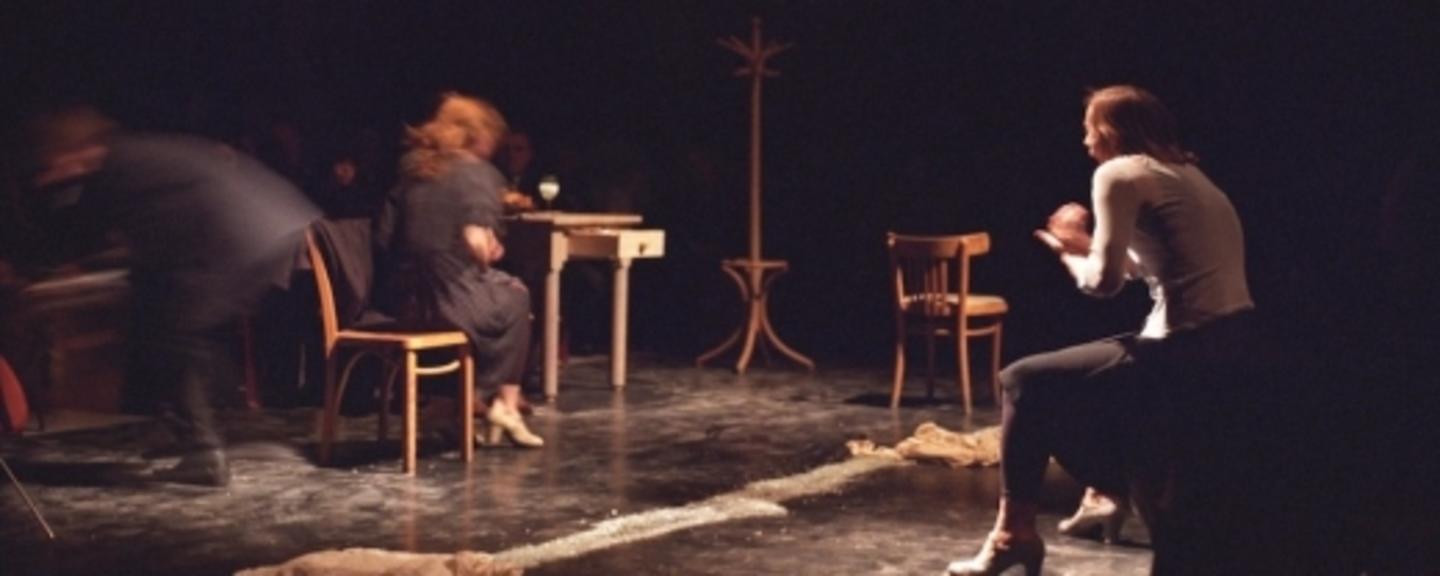Dating back to the 1820s, the White Stork Synagogue was designed by the architect Carl Ferdinand Langhans. Partly destroyed by Nazi squads during the 1938 crystal night, the historic building was later taken over by the Association of the Jewish Religious Communities in Poland. Only in 1996 was the synagogue given back to the Jewish religious community in Wroclaw, and today the synagogue serves both as a cultural centre and as a religious temple for the Jewish community.
Despite active use of the synagogue, the building is today in dire need of renovation. Cultural performances can only take place in the main hall, which also serves religious purposes. Until now, artists and groups have had to be careful to not disturb the sacred space of the temple. Now, with funding from the EEA Grants in place, a new hall for performances will be created in the synagogue's basement. The new space will give possibilities for more varied performances, and the restored synagogue will also provide facilities for a modern Jewish museum. The restoration project is implemented in close collaboration with the municipality of Wroclaw.
The Bente Kahan Foundation, promoting the renovation project, organises a large number of cultural activities in the synagogue, including concerts with Jewish musicians and composers, theatre performances, art exhibitions, and workshops and seminars. Through these activities, the synagogue is able to introduce Jewish culture and history to an audience beyond the conventional Jewish community.
